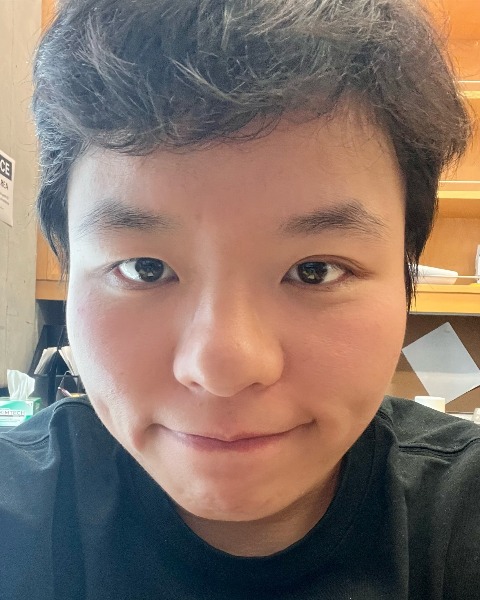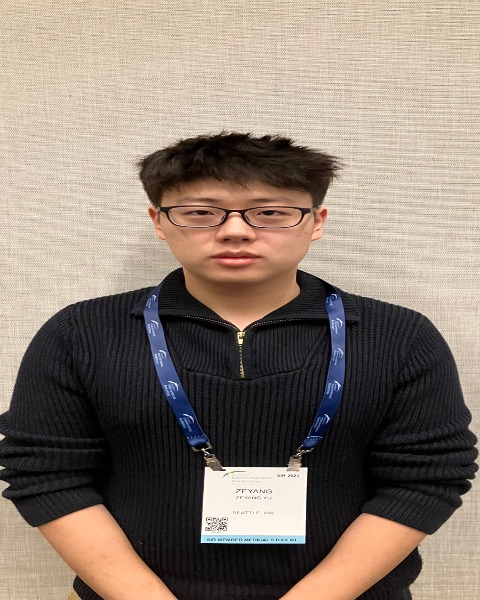Interventional Oncology
MRI Monitoring Transcatheter Intraarterial Delivery of Clinical Magnetically-Labeled Natural Killer Adoptive Immunotherapy

Zigeng Zhang, MD
Postdoctoral Fellow
University of California, IrvineDisclosure(s): No financial relationships to disclose
- AE
Aydin Eresen, PhD (he/him/his)
Assistant Researcher
University of California, Irvine - ZC
Zhilin Chen, n/a
Undergraduate student
University of Southern California 
Zeyang Yu, MS (he/him/his)
Research volunteer (master student)
University of Washington
Nadine Abi-Jaoudeh, MD, FSIR
Professor of Radiology
University of California- VY
Vahid Yaghmai, n/a
Chairman of Radiology
University of California, Irvine - ZZ
Zhuoli Zhang, PhD
Professor
University of California, Irvine
Featured Presenter(s)
Author/Co-author(s)
The purposes of our study were to test the following hypotheses in a rat model with liver tumor: (1) transcatheter intrahepatic arterial (IHA) natural killer (NK) infusion improves NK cell homing efficacy in targeted tumors compared to intravenous (IV) injection, and (2) serial MRI monitoring of NK cell migration in targeted tumors can serve as an early biomarker for prediction of longitudinal response.
Materials and Methods:
This study used a clinically applicable approach combining FDA-approved drugs heparin (H), protamine (P), and ferumoxytol (F) to form HPF nanocomplexes for magnetic NK labeling, allowing visualization of NK cell biodistribution in vivo with advanced MRI. NK cells (LNK cell line) were labeled with clinically applicable HPF nanocomplexes. Twenty-four rat HCC models (buffalo rats with McA-RH7777 liver tumor implantation) were assigned to three groups: transcatheter IHA saline infusion control group, transcatheter IHA NK infusion group, and IV NK infusion group. T2*-weighted MRI studies were performed at baseline, 24 h, 48 h, and 8 days following transcatheter IHA local delivery and IV injection. Two-tailed Student T-test was used to evaluate pairwise significance among the groups.
Results:
There was a significant difference in tumor R2* values between baseline and 24 h following the selective transcatheter IHA NK delivery to the tumors (P = 0.04) compared to that of IV NK infusion (P = 0.803). At 8 days post-infusion, there were significant differences in tumor volumes between the control, IV, and IHA NK infusion groups (control vs. IV, P = 0.12; control vs. IHA, P = 0.001; and IV vs. IHA, P = 0.001). Moreover, there was a strong correlation between the change in tumor R2* value (∆R2*) at 24 h post-infusion and the change in tumor volume (∆volume) at 8 days in the IHA group (R2 = 0.704, P = 0.003).
Conclusion:
MRI can track clinically applicable labeled NK cells with a 12 h labeling time. Transcatheter IHA infusion improves NK cell homing efficacy and immunotherapeutic efficiency. The change in tumor R2* value 24 h post-infusion is a crucial early biomarker for predicting longitudinal response.

.png)
.jpg)
.png)
.jpg)
.png)
.jpg)
.png)
.png)
.png)